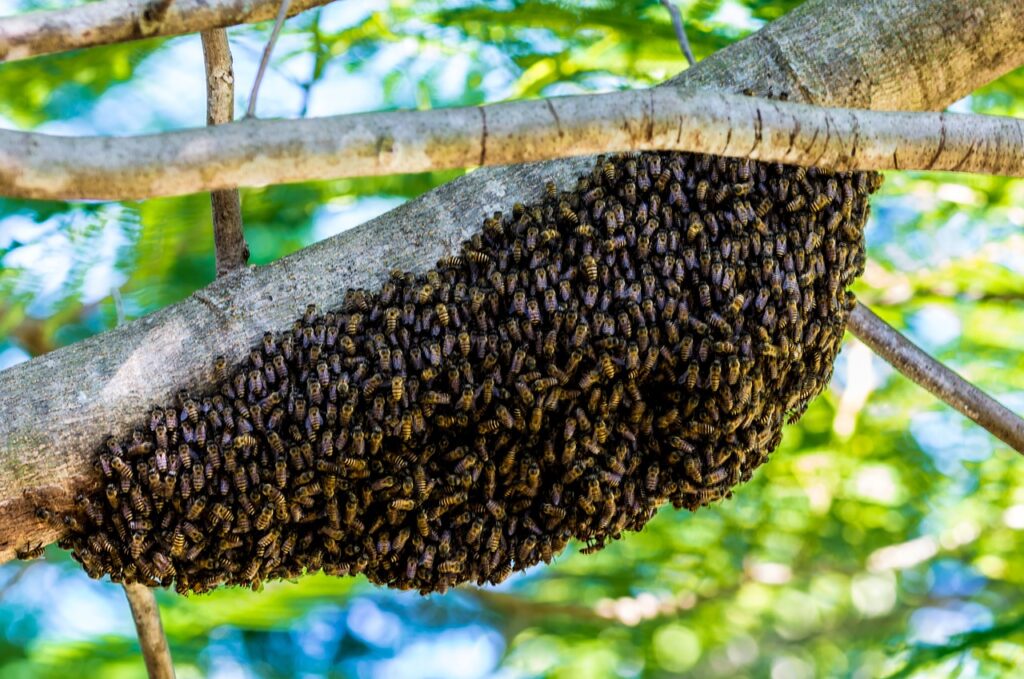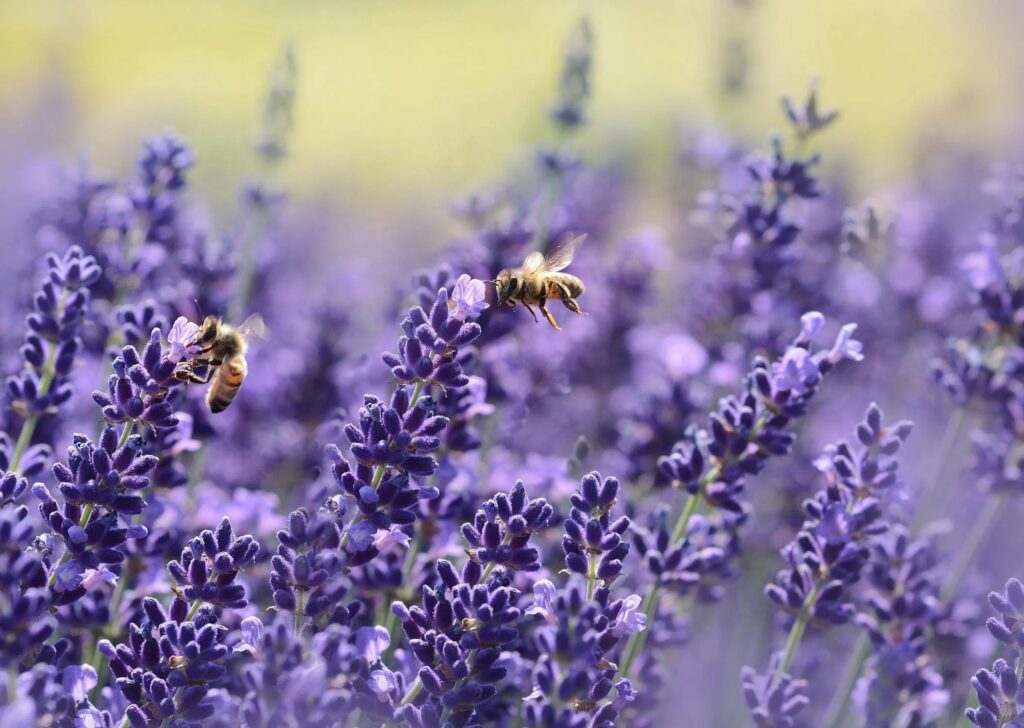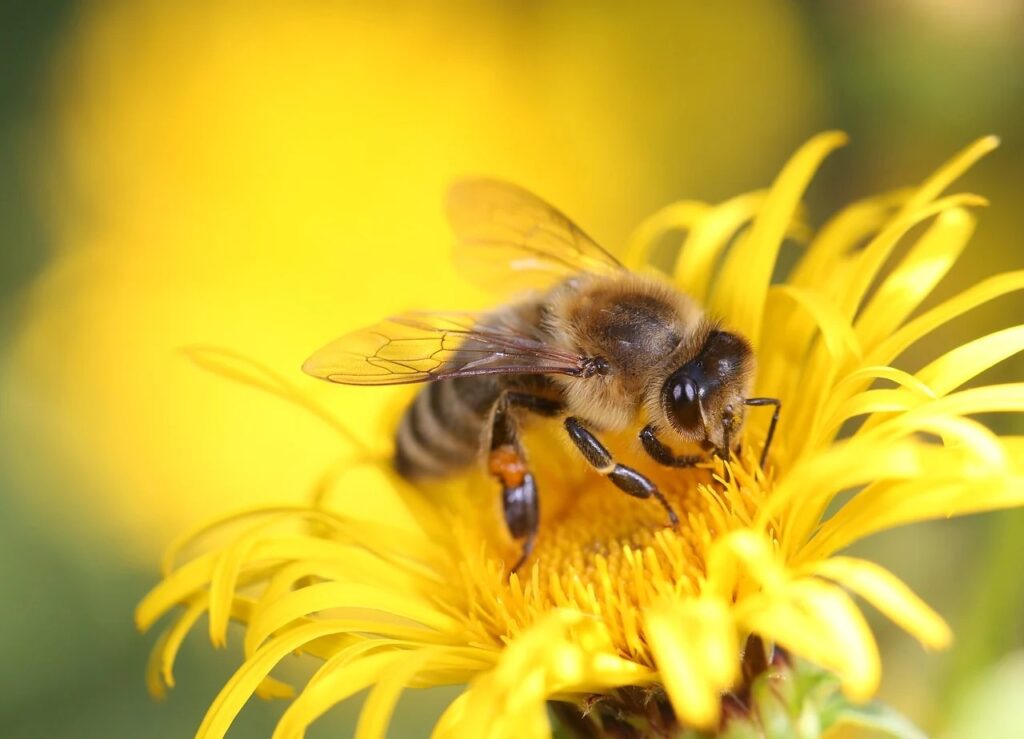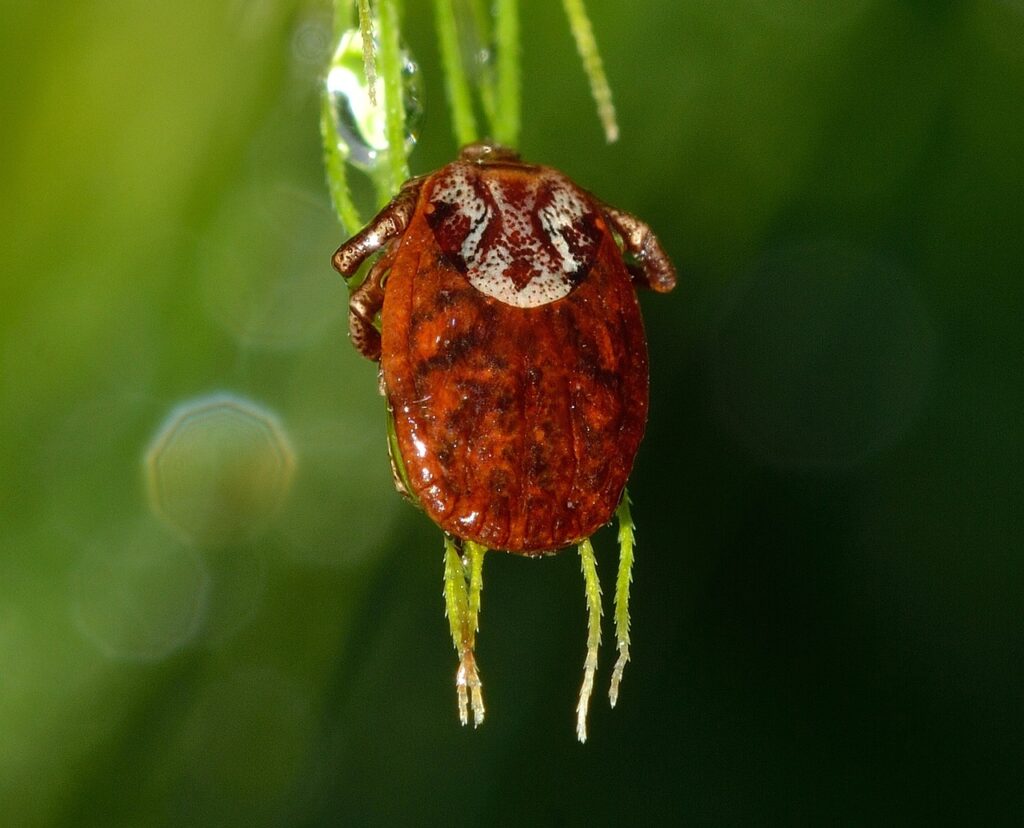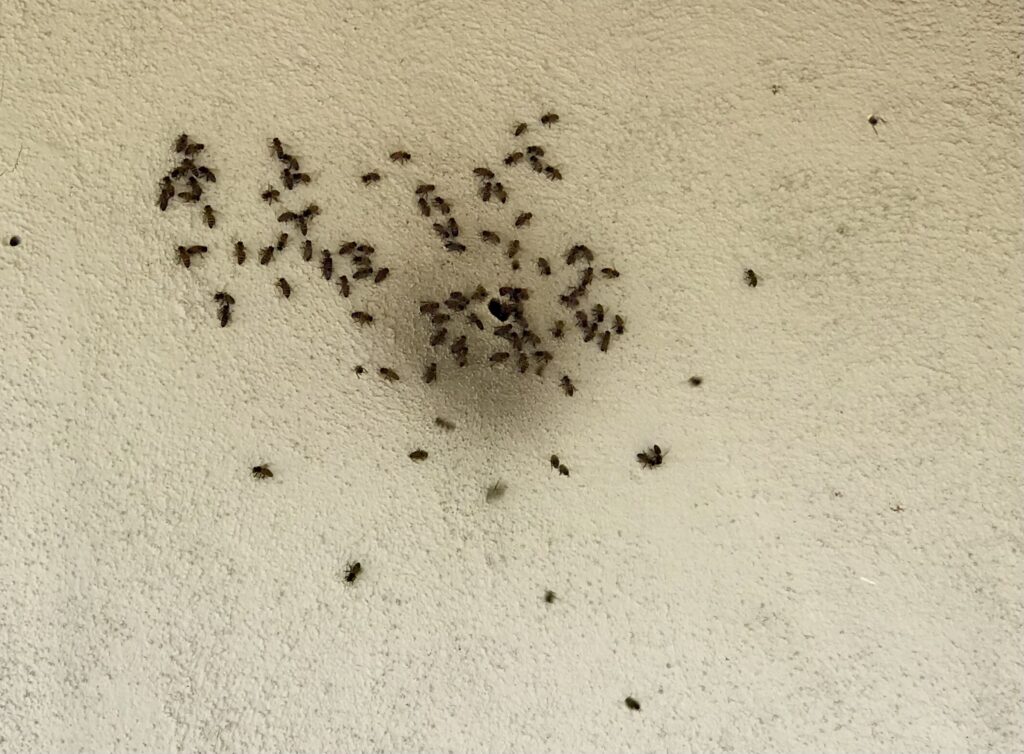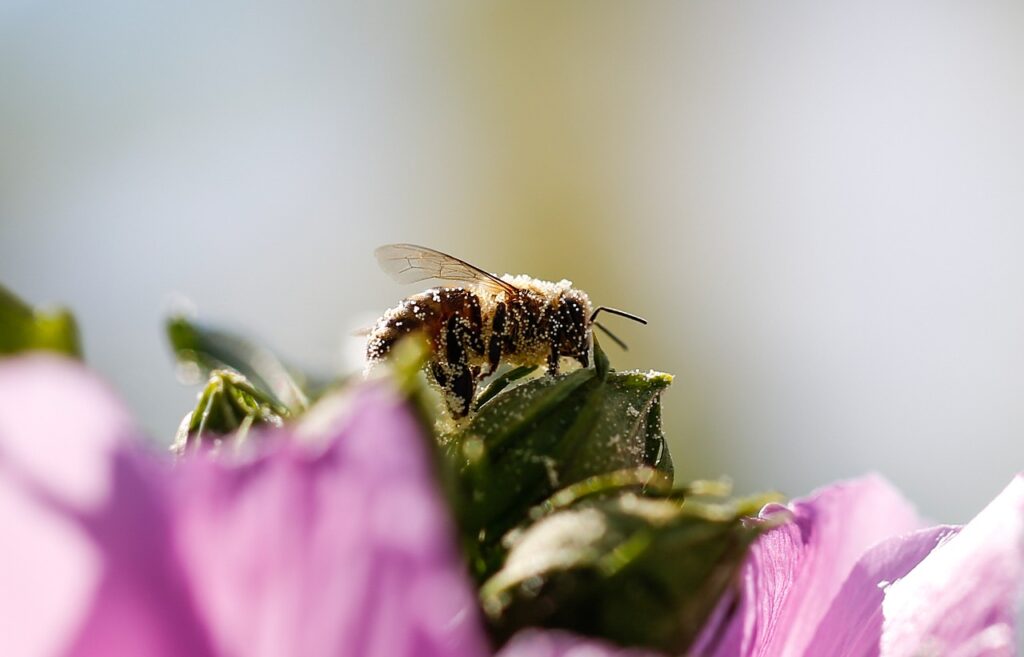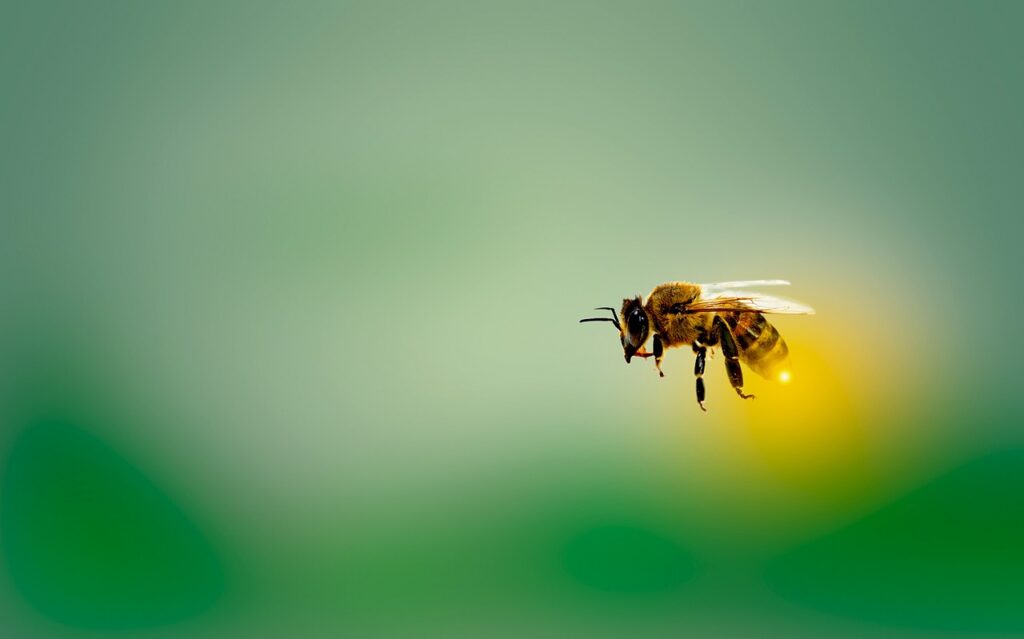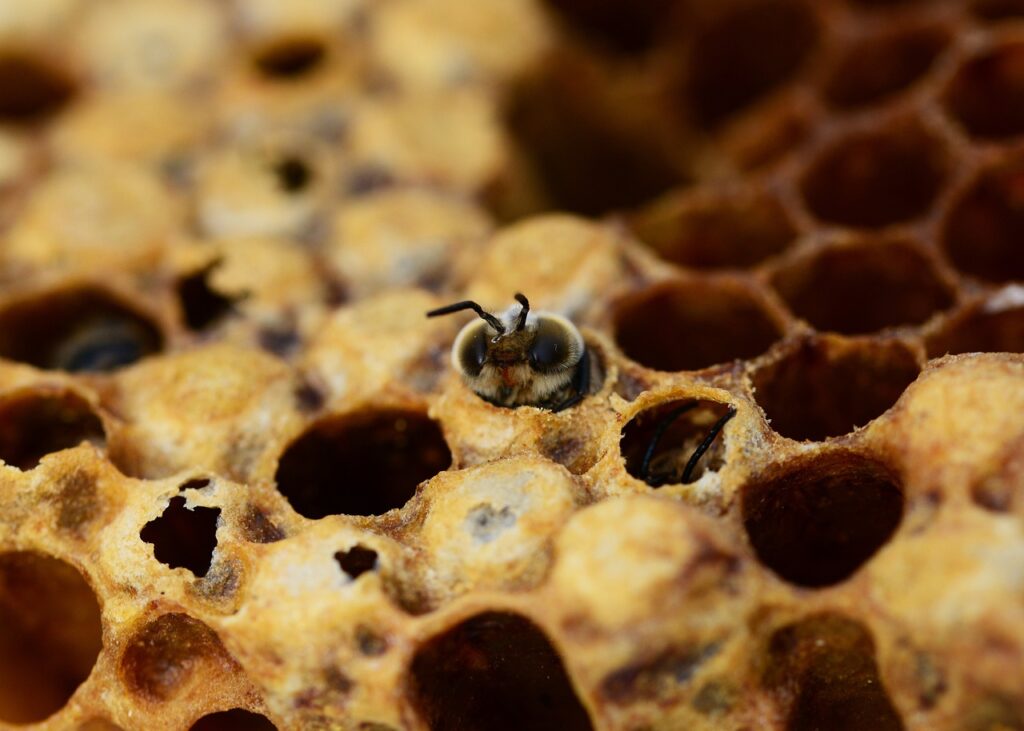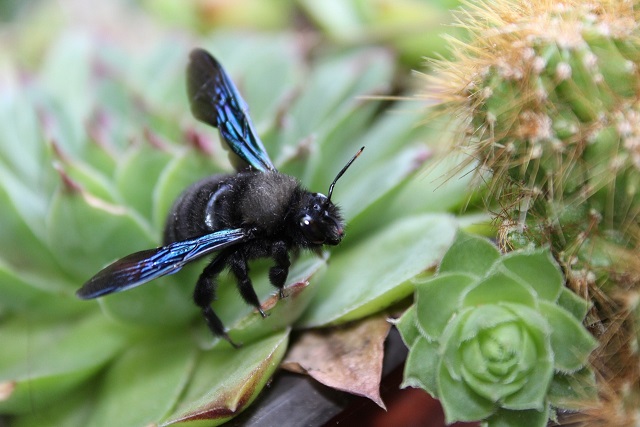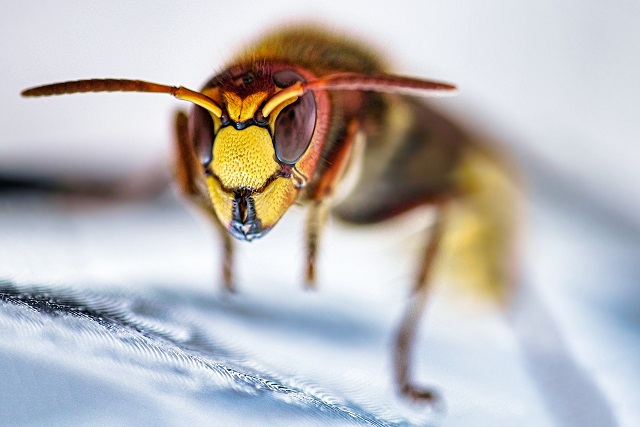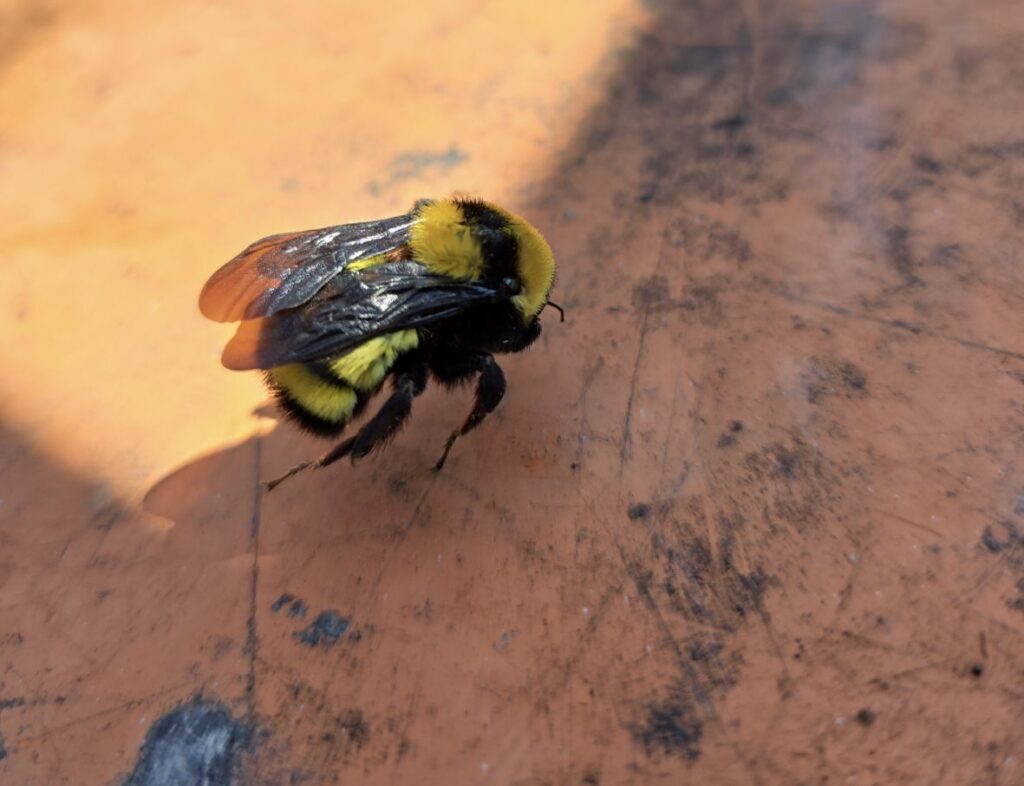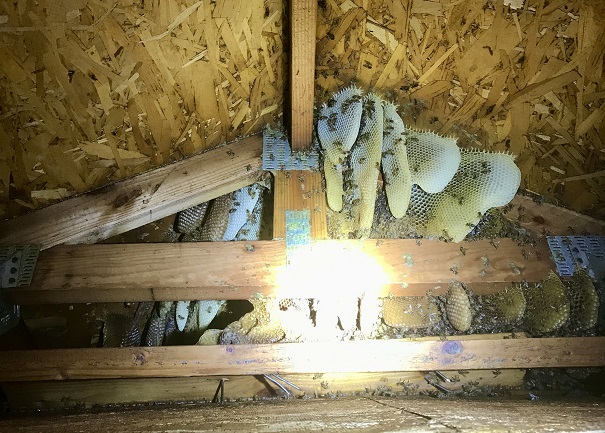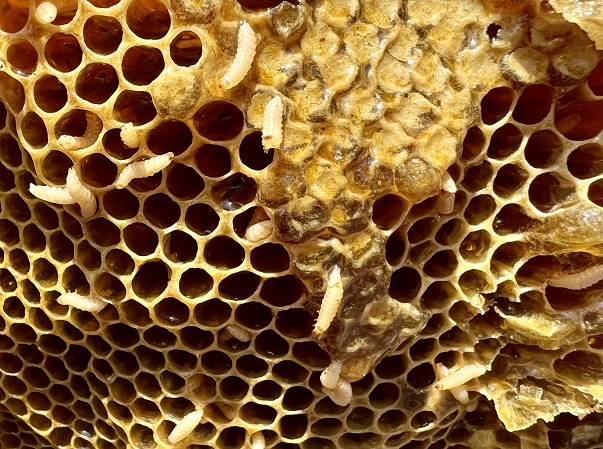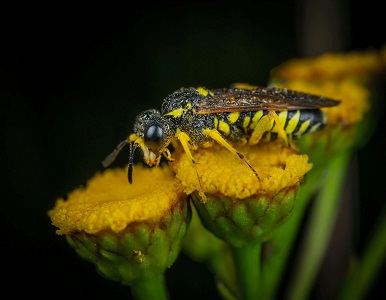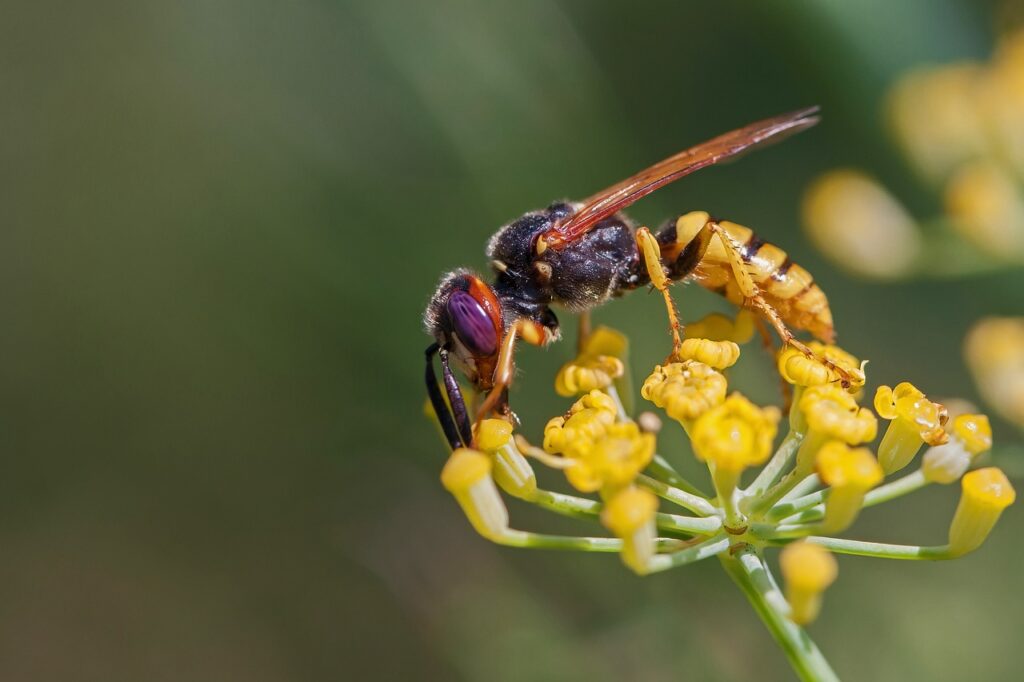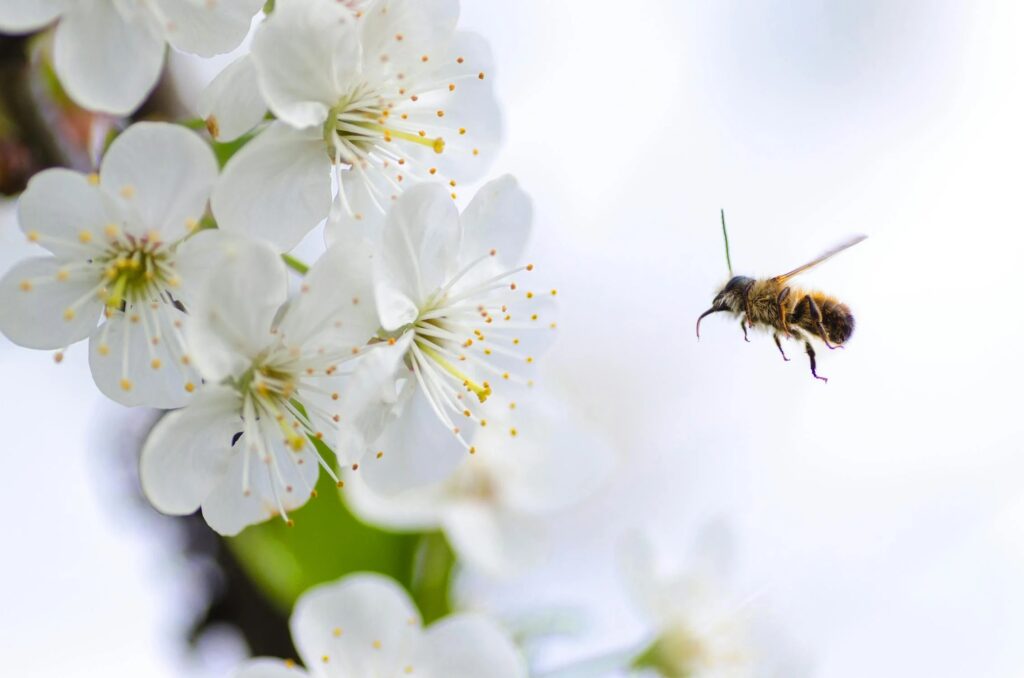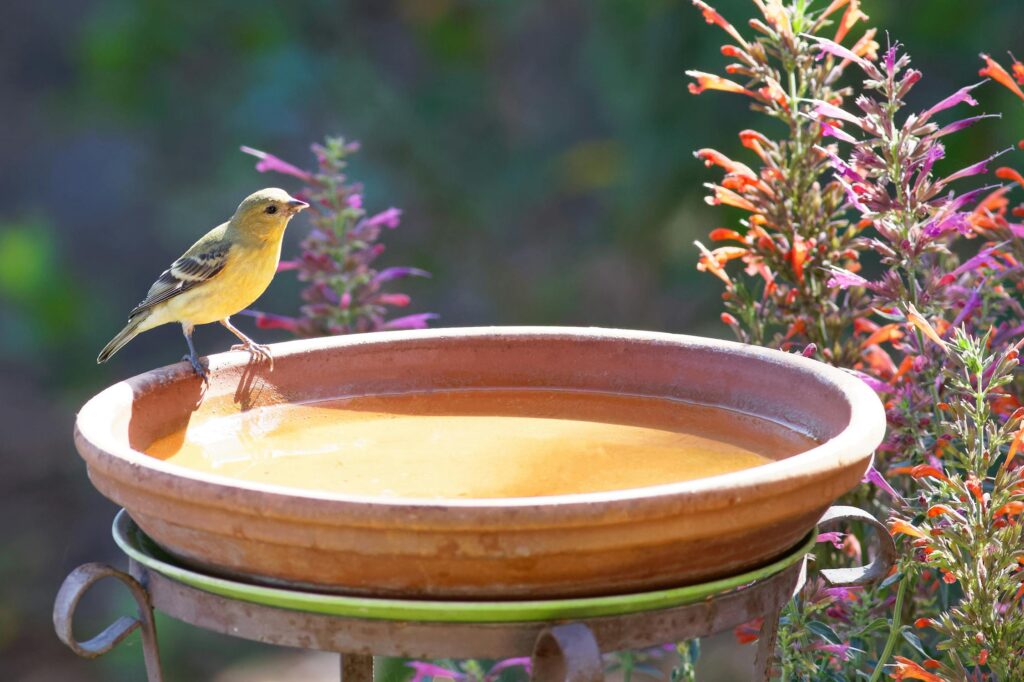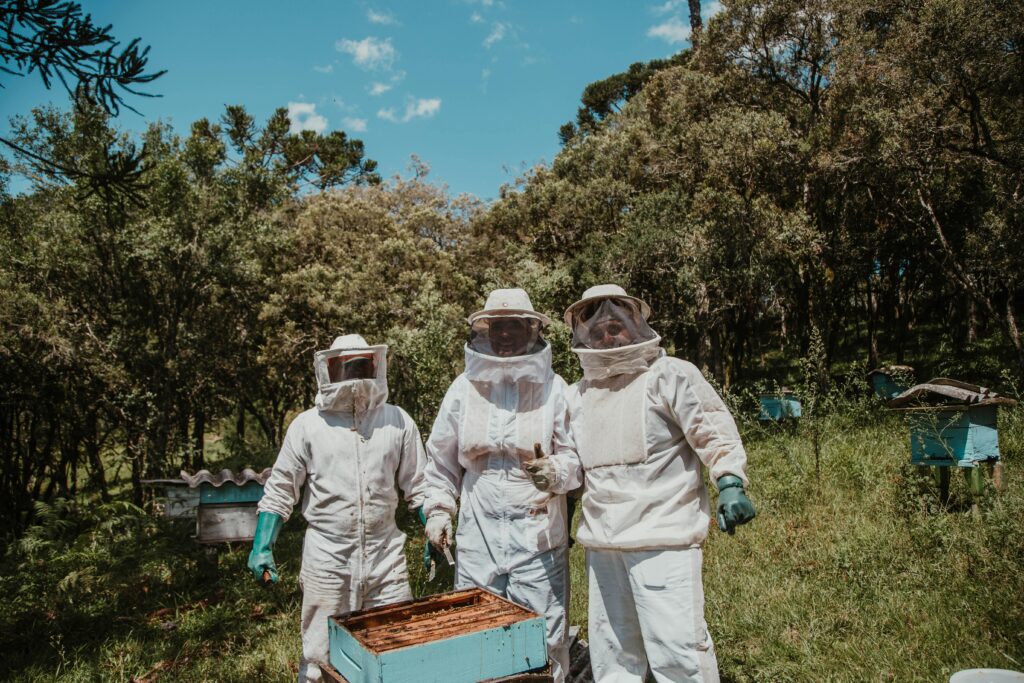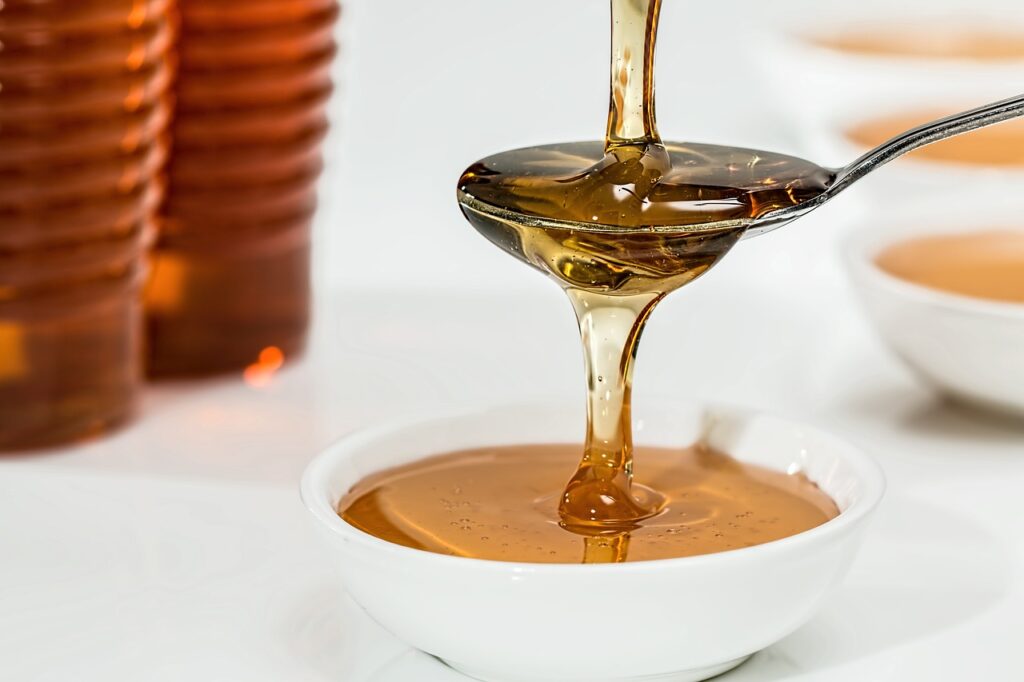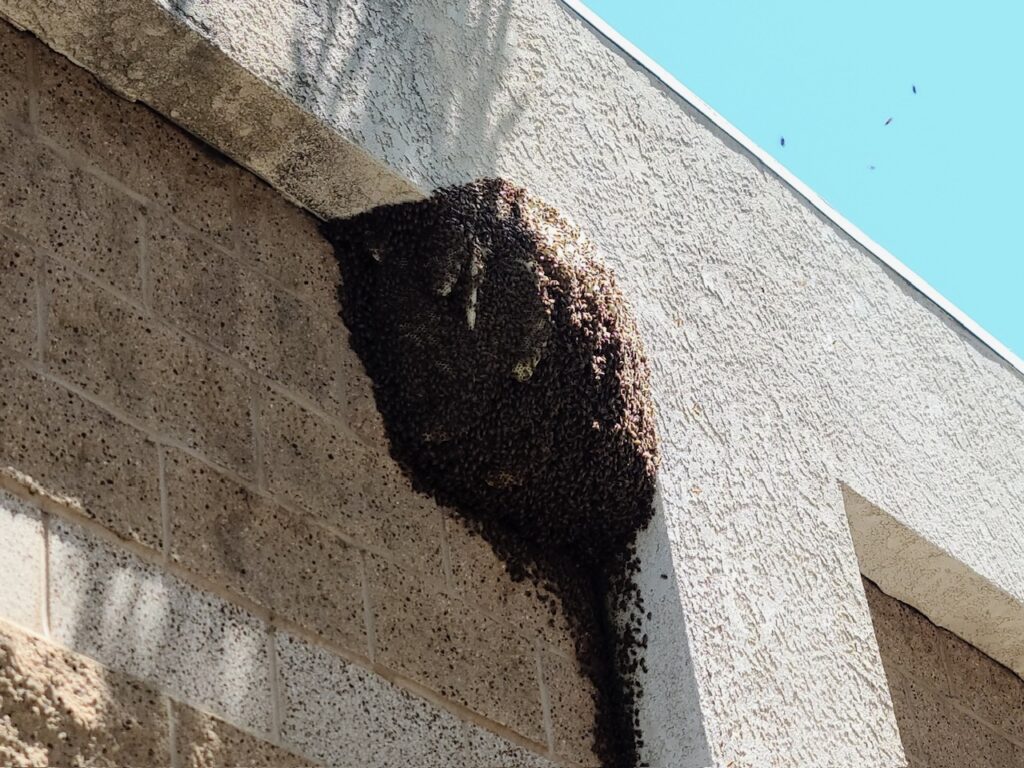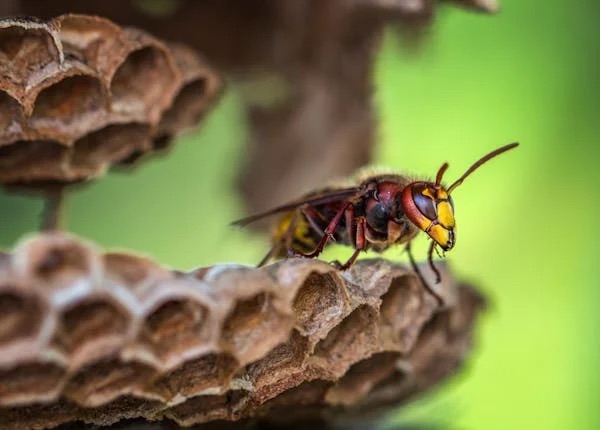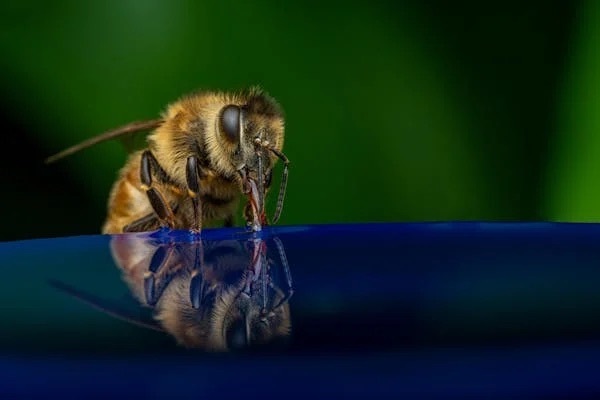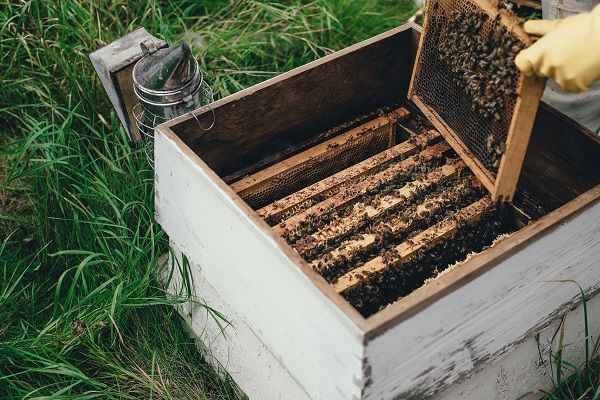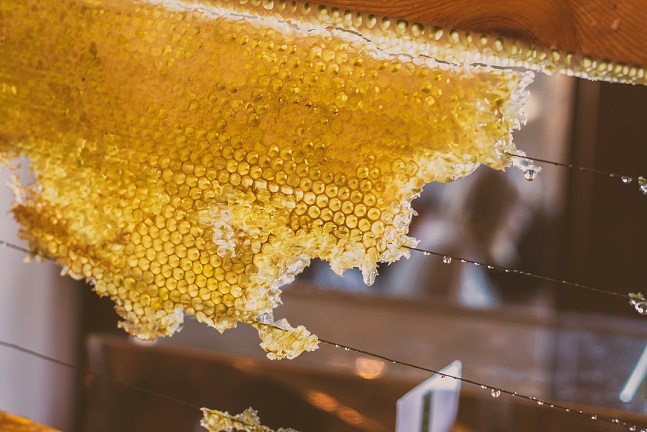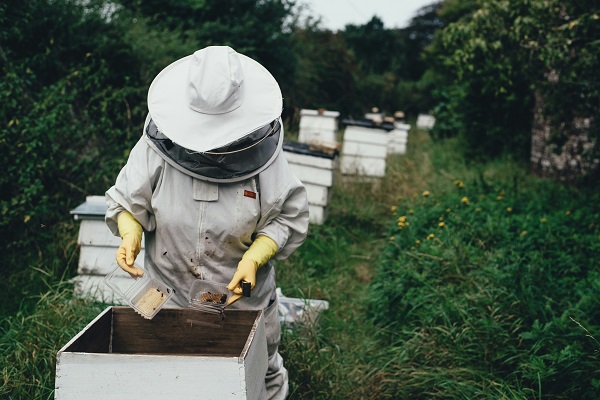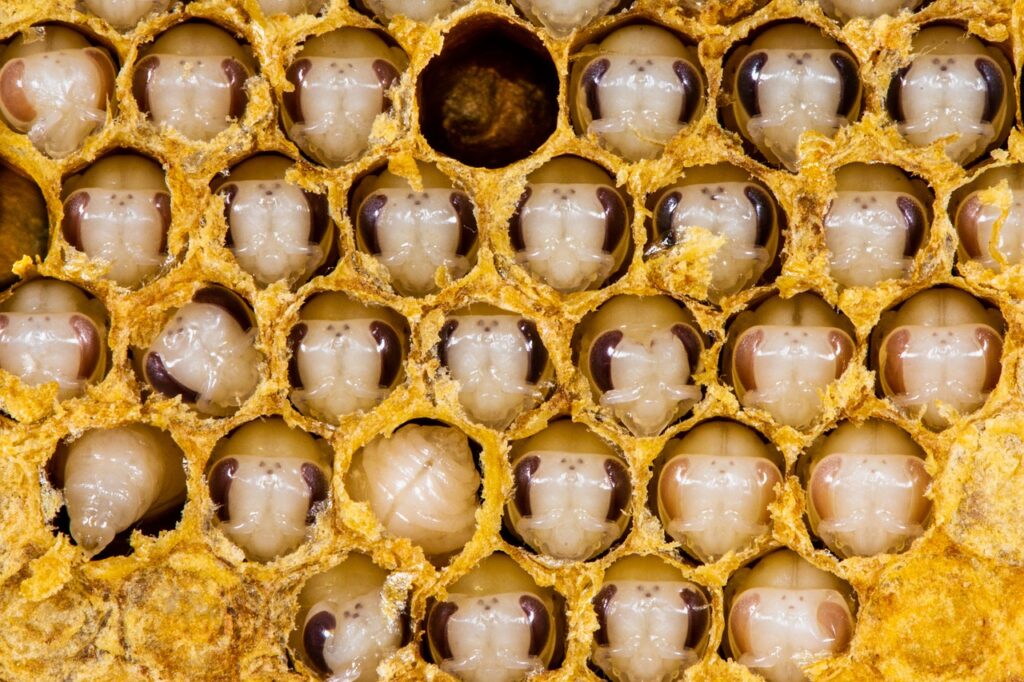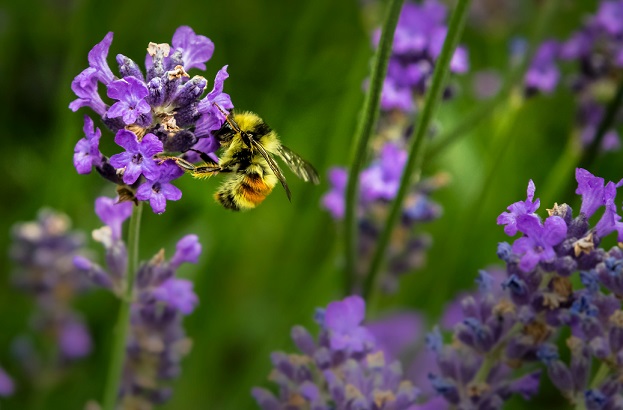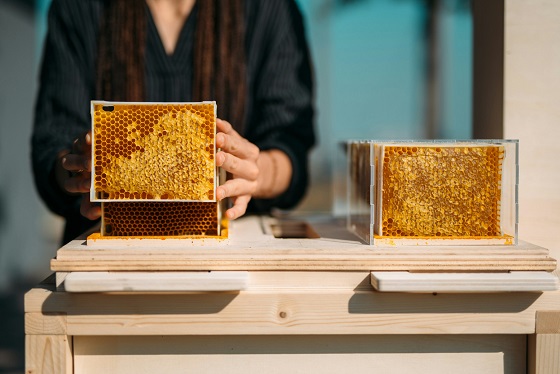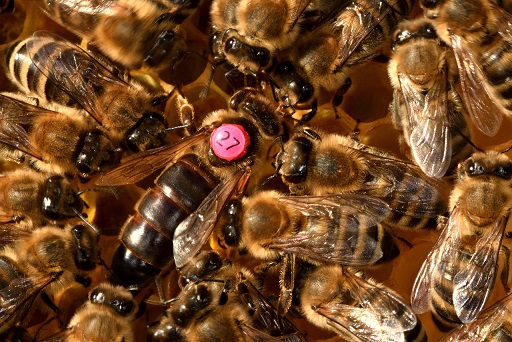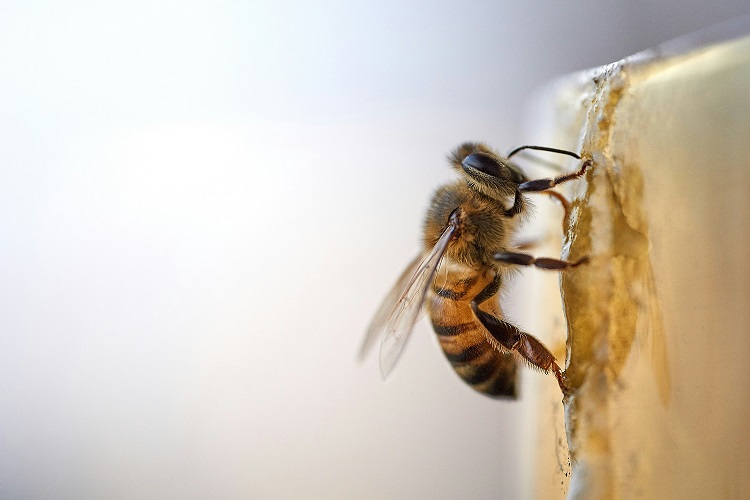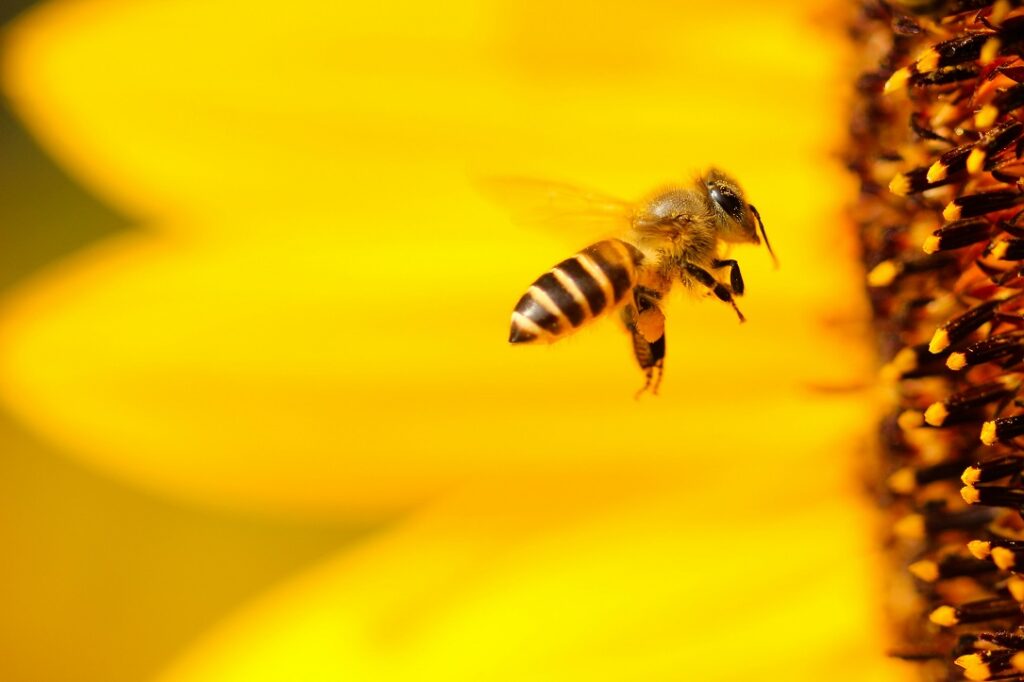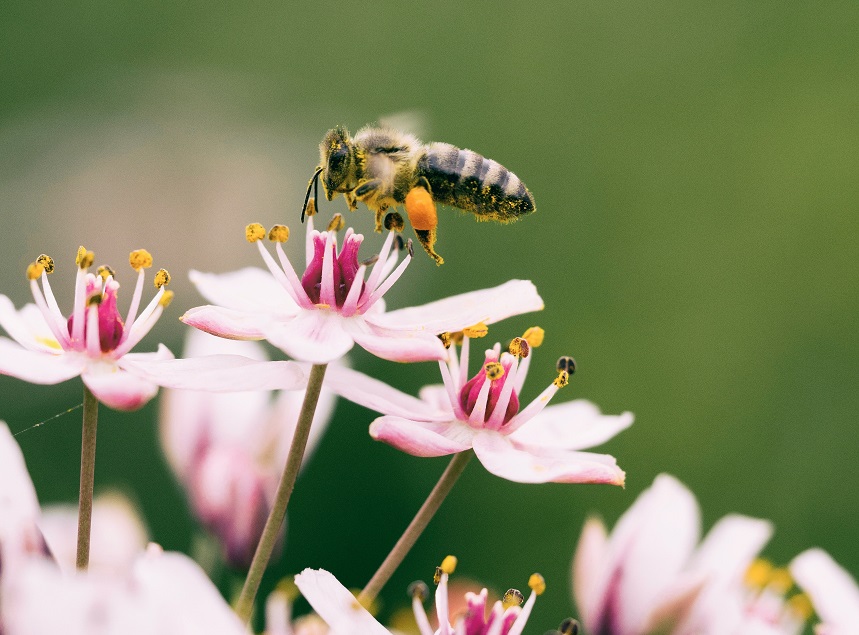Bee News
Chimney



Bees are remarkable creatures, known for their essential role in pollination and their intricate social structures. However, when it comes to finding a new home, bees can exhibit surprising behavior, such as swarming into chimney chutes.
Overpopulation is a primary driver of swarming in bee colonies. As a colony grows, the hive becomes crowded, prompting the bees to search for new locations to establish a secondary home. This search can lead them to a variety of unconventional spaces, including holes in walls, block walls, and irrigation boxes. When suitable natural cavities are scarce, bees may settle for man-made structures, such as chimneys.
Chimneys provide several advantages that make them appealing to bees:
Stable Temperature: Chimneys offer a relatively stable temperature environment, which is crucial for the survival of the colony. During hot summer months, the enclosed space helps regulate temperature, while in colder months, it provides insulation against the harsh weather.
Protection from Predators: The structure of a chimney serves as a protective barrier against potential predators. Bees are vulnerable to various threats, including birds and other insects, and a chimney can offer a safe haven where they can thrive without constant fear of attack.
Accessibility: Many chimneys are located in urban areas where natural nesting sites are limited. This accessibility makes them attractive options for bees seeking new homes, especially when they are in search of a cavity that meets their needs.
The Risks of Nesting in Chimneys
While chimneys may seem like an ideal location for bees, there are inherent risks involved. Homeowners may not appreciate having a bee colony in their chimney, as it can lead to issues such as:
Fire Hazards: Bees can obstruct the flue, leading to dangerous situations if a fire is lit in the fireplace.
Structural Damage: The presence of a bee colony can cause damage to the chimney structure over time, leading to costly repairs.
Health Concerns: Although bees are generally non-aggressive, their presence can pose a risk to individuals who are allergic to bee stings.







